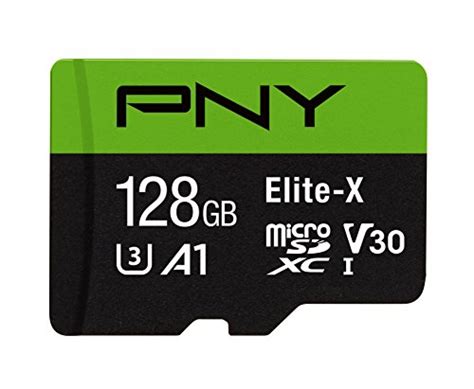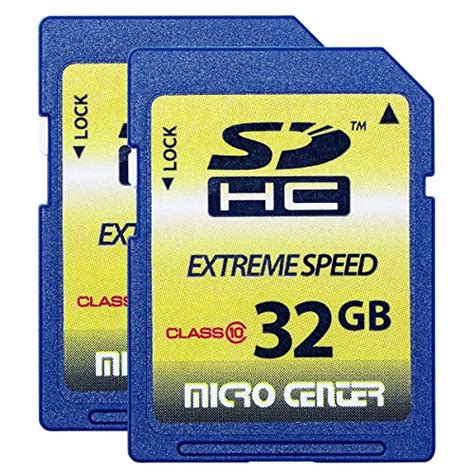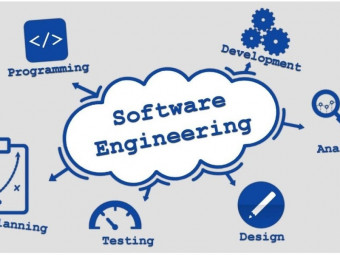Today, the world is all about machine learning, deep learning, and artificial intelligence. These are complex subjects. Understanding them is one thing and implementing them is a different story. To solve these complexities, a software has been developed called TensorFlow.

What is TensorFlow?
TensorFlow is a machine learning software. Google developed this intending to help and aid mankind in their quest for machine learning. TensorFlow aids in the data collection, making predictions, analysis, and training models. Therefore, people love and use it worldwide.
In other words, we can say it is a library. Just like a library full of books, it is full of numerical computation and machine learning. It further covers deep learning as well. Due to its prevalence and efficiency, many organizations use it now. Anyone can learn TensorFlow, you can take a TensorFlow course or certification and start using it.

How does TensorFlow work?
TensorFlow works like any other software. It is a python-based software which means that programmers developed it through code. Python is a very convenient programming language. Although, it performs functions using C++ language. Because it is python based, it can run neural networks for image recognition, national language processing, model sequencing, and word embedding. It also allows developers to create graphs and solve multiple mathematical problems. The architecture of TensorFlow is very flexible, it facilitates computation across different platforms and servers.

You can use TensorFlow on any device, iOS, Android devices, CPUs, and GPUs. There are two versions of TensorFlow:
1. TensorFlow
2. TensorFlow version 2.0
Components of TensorFlow
There are two main components of TensorFlow. The first one corresponds to the name that i.e., tensor itself, and the second one is ‘graphs’.
Tensors
A tensor is a matrix that represents all types of data. We can create tensors through inputs or computation. All the work on TensorFlow is done through tensors.
Graphs
TensorFlow is based on graphs. All the computation and operations are carried by using graphs. These graphs gather all the data and present it to the user. They have many advantages. They are easy to interpret and portable. Moreover, we can use them on multiple servers.
Advantages of the TensorFlow
People all over the world use TensorFlow because of its advantages. Let us see the benefits for ourselves.

Open-source library
TensorFlow is an open-source platform which means that every user can have access to the TensorFlow data source. Moreover, it is always ready for the development of any system.
Better visualization tools
One of the main advantages is better visualization. It has a TensorBoard visualization suite. It enables you to view and inspect your graphs. You can effortlessly evaluate your graph construction and appearance together.
Efficiency
Google TensorFlow is very efficient. It gives an extraordinary performance and fast response. Furthermore, the developers frequently come up with new and advanced updates and features. These features help the software to stay up-to-date and unbeatable.
Compatibility
The compatibility of TensorFlow is unmatched. It can work in many different client languages like C++, JavaScript, Python, Go, and Swift. This allows the user to choose a language they are familiar with.
Architectural TPU
The TensorFlow software has its processing unit. It is a better and more convenient option than GPU or CPU. The models which we build on TensorFlow can be easily deployed on the cloud.
Parallel Neural networking
TensorFlow allows parallel neural network training. It enables you to choose any architecture thus, making different models available to use.
Compatible with Keras
TensorFlow is now compatible with Keras. This is possible due to its new update. The users can code high-quality sections using TensorFlow.
Applications of Tensor flow
TensorFlow has wide applications due to its command of Deep learning and machine learning. It has a wide range of applications like,
1.Image and video recognition
2. Self-driving cars
4.Mobile image and Video processing
5.Sentiment analysis
6.Text summarization
Summary
To summarize all this, I would say that TensorFlow deserves all the hype it receives. It has many advantages and people use it worldwide. Moreover, Google aims to make it better and better, therefore, other platforms cannot beat it. If you are looking to invest in this software, you should. It may not be the ideal platform. However, the benefits are much more than the drawbacks. You can watch any TensorFlow tutorial, it will help you use them efficiently.
 Fairwin Braided Leather Dog Training Leash 6 Foot 56 Foot Military Grade H
Fairwin Braided Leather Dog Training Leash 6 Foot 56 Foot Military Grade H
 3m Reflective Dog Leash 5ft Long With Traffic Padded Handle Dog Training Leas
3m Reflective Dog Leash 5ft Long With Traffic Padded Handle Dog Training Leas
 How To Be Your Dogs Best Friend The Classic Training Manual For Dog Owners
How To Be Your Dogs Best Friend The Classic Training Manual For Dog Owners
 Classical Naptime For Tots
Classical Naptime For Tots
 Doggie Stylz Set Of 2 Reflective Therapy Dog In Training Removable Patches Wit
Doggie Stylz Set Of 2 Reflective Therapy Dog In Training Removable Patches Wit
 6 Pcs Service Dog In Trainingworkingstress Amp Anxiety Response Embroidere
6 Pcs Service Dog In Trainingworkingstress Amp Anxiety Response Embroidere
 Service Dog In Training Patch With Hook Back And Reflective Lettering For Servic
Service Dog In Training Patch With Hook Back And Reflective Lettering For Servic
 Four Paws Wee Wee Pee Pads For Dogs And Puppies Training L Gigantic Xl St
Four Paws Wee Wee Pee Pads For Dogs And Puppies Training L Gigantic Xl St
 Pny 128gb Elite X Class 10 U3 V30 Microsdxc Flash Memory Card 100mbs
Pny 128gb Elite X Class 10 U3 V30 Microsdxc Flash Memory Card 100mbs
 Academy Of Beasts V Shifter Romance
Academy Of Beasts V Shifter Romance
 Beast Academy 5a Practice
Beast Academy 5a Practice
 32gb Class 10 Sdhc Flash Memory Card Standard Full Size Sd Card Ush I U
32gb Class 10 Sdhc Flash Memory Card Standard Full Size Sd Card Ush I U














![Flutter & Dart - The Complete Guide [2022 Edition]](https://img-c.udemycdn.com/course/100x100/1708340_7108_5.jpg)










